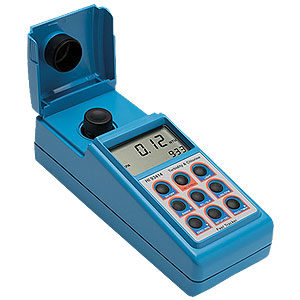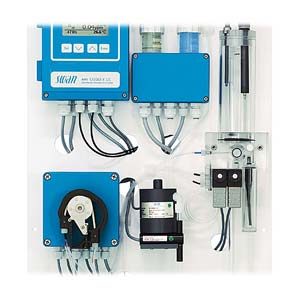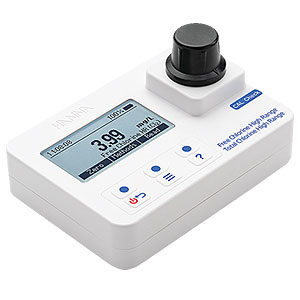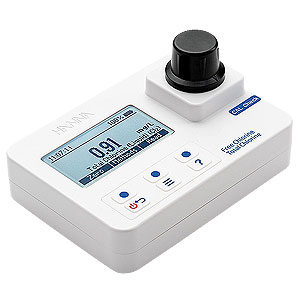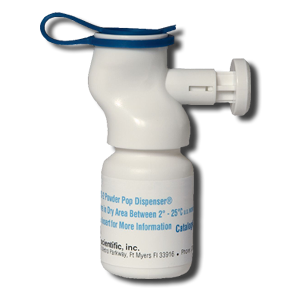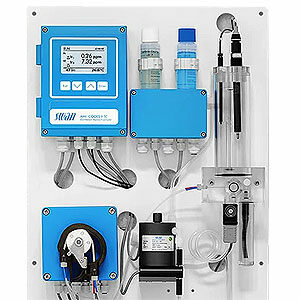
Total Chlorine Analyzer AMI Codes-II TC Automatic, continuous measurement of total chlorine in potable water, sanitary water, cooling water and effluent. Call Contact Description Specification Application Options Downloads F.A.Q. Total chlorine analyzer adopting the Colorimetric process (DPD-method) for measurement and…


